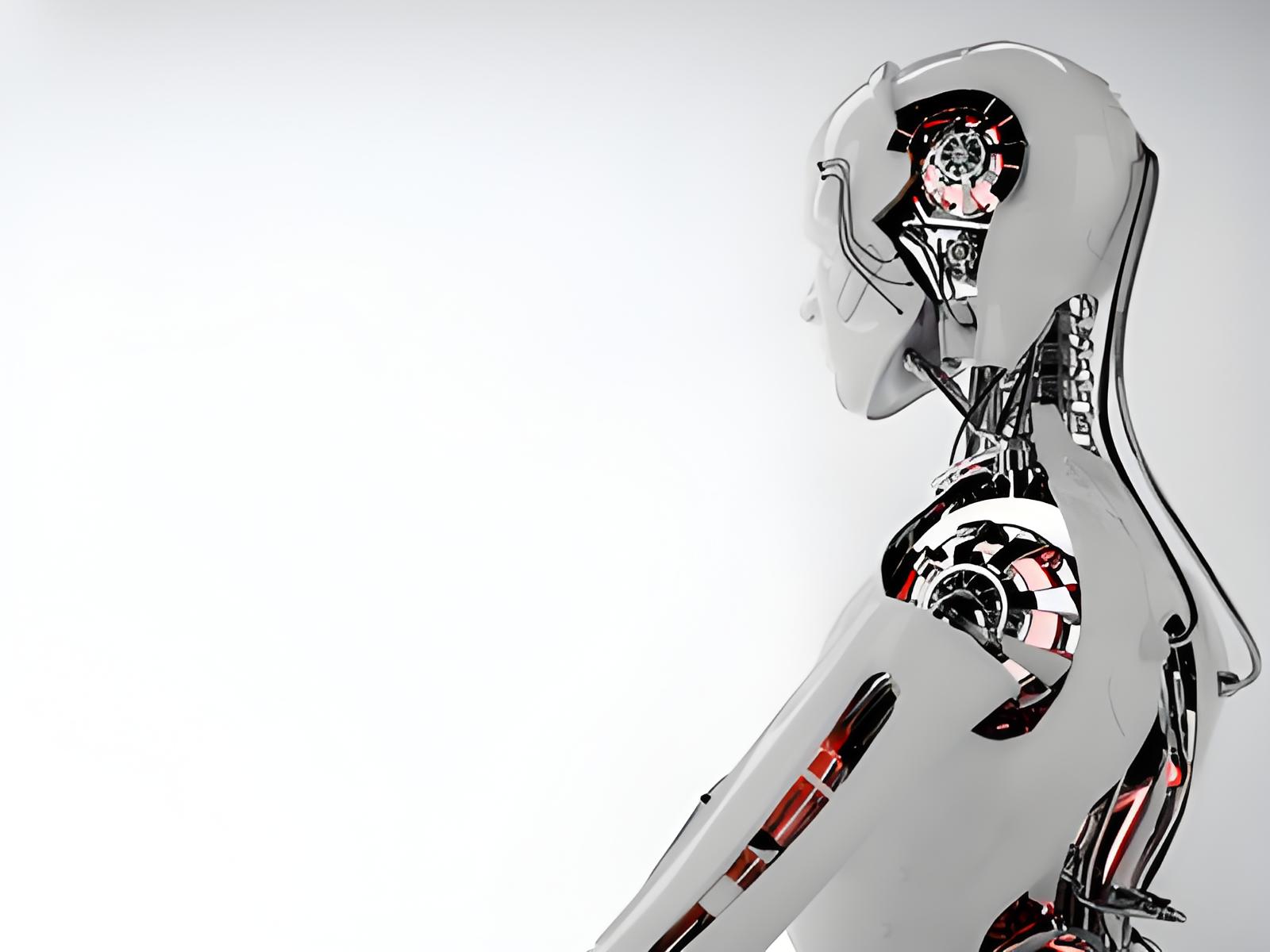As the AI competition shifts from “computing power competition” to “power confrontation”, a “hidden war” around metal resources is quietly unfolding. The latest research report from Bank of America reveals that by 2030, China’s AI non IT infrastructure investment will reach 800 billion yuan, with explosive growth in demand for metals such as copper and aluminum. This AI driven “metal feast” is reshaping the global resource landscape.
The ‘metal code’ of power competition: the ‘triple identity’ of copper and the ‘lightweight revolution’ of aluminum
AI data centers can be called “power monsters”, with their energy consumption soaring at a compound annual growth rate of 18%. In this “power race”, copper plays a “three-dimensional role”: as the “main artery” of power transmission, its high conductivity supports the massive power transmission of data centers; As the “nerve endings” for signal transmission, it ensures the precise transmission of computing power instructions; As the “coolant” of the cooling system, it maintains stable operation of equipment through efficient heat conduction. Bank of America predicts that by 2030, China’s AI data centers will directly consume about 1 million tons of copper, accounting for 5-6% of the country’s total demand, which is equivalent to creating a new “copper demand increment market”.
Aluminum has become the “physical cornerstone” with its dual advantages of “lightweight+thermal conductivity”. In the extreme scenario where the power density of data center cabinets exceeds 600kW, the lightweight characteristics of aluminum can reduce the structural weight, and its excellent thermal conductivity has become the core material of liquid cooling systems. The report shows that by 2030, the demand for aluminum will reach 695 thousand tons, and large-scale applications will be achieved in scenarios such as heat dissipation pipes and cabinet shells. The penetration rate will jump from 10% in 2025 to 45%, forming a market worth billions.
The ‘metal map’ of non IT infrastructure: the full chain explosion from power to heat dissipation
The Bank of America report points out that in non IT infrastructure investment, the power system (generation and transmission) dominates with a proportion of 38%, directly driving copper demand; The metal required for data center construction (12%) focuses on the lightweight application of aluminum; Advanced cooling systems (10%) require copper aluminum synergy to achieve efficient heat dissipation. This chain like explosion of “electricity metal heat dissipation” is driving copper and aluminum prices to form a “demand supported” upward logic.
The ‘resource dividend’ of China’s advantages: the dominant position of renewable energy and supply chain
China has unique advantages in this “metal revolution”: sufficient electricity production capacity, 30-60% lower industrial electricity prices, dominant position in renewable energy supply chains, and a young and well-developed power grid network, laying a solid foundation for the development of AIDC. This advantage not only supports local demand, but also radiates globally through the export of equipment such as transformers and energy storage systems, forming a virtuous cycle of “Chinese resources global demand”.
From the ‘computing power competition’ to the ‘electricity competition’, AI is driving the demand for metals from ‘implicit’ to ‘explicit’. In this “metal revolution” dominated by copper and aluminum, whoever holds the resources holds the future. When AI’s’ power race ‘meets China’s’ resource dividend’, a ‘golden age’ of metals has just begun.
Post time: Nov-07-2025






